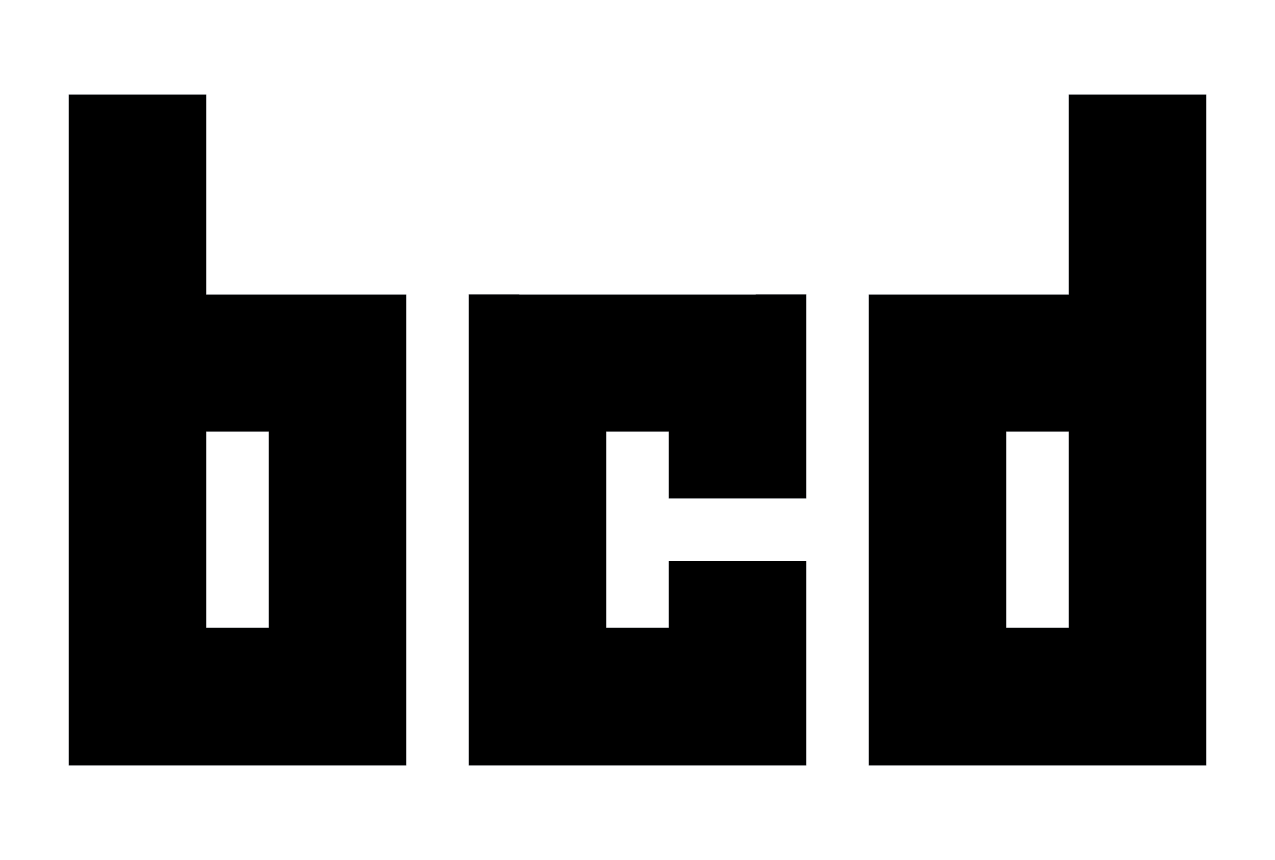Problem Statement
We begin every project by documenting the problem we are attempting to solve.
The Sponsored Challenges platform is a significant source of revenue for MyFitnessPal, but it is not performing as well as it should. Users are not joining challenges at a rate we would expect, as such advertisers are reluctant to allocate more money to the platform.
Identifying Opportunities
Research tells us that advertisers are interested in reaching "engaged" users. Those that use the app several times a week, if not several times a day. We have an opportunity to increase revenue by optimizing user engagement. The more users return to the app and engage with the challenges platform, the more revenue we can generate.
Research & Competitive Analysis
Once we have an understanding of the problem we are trying to solve, we move to the discovery phase. I assigned a designer the task of analyzing our competitors. The goal is to see what they are doing well in terms of engaging their users, where can they improve, and where there are new or missed opportunities.
The deliverable for this phase is a presentation where the research designer walks the rest of the group through their findings.
Group Brainstorm
After the research presentation, we print out the deck and pin it up. The entire team gathers around armed with Post-It Notes and Sharpies. Everyone culls the deck and starts writing down insights, concepts, quotes, ideas, anything that comes to mind related to the task. These notes are put up on the whiteboard.
Mapping the Customer Journey
The team takes all these random insights and begin editing them down and mapping them to the different phases of the customer journey.
In the case of this project our journey map is a circular lifecycle composed of 4 phases. Discovery > Conversion > In-Experience > Reengagement.
Affinity Diagramming
As we begin grouping insights together, themes for each of the phases of our customer lifecycle begin to emerge. We will use these themes as the basis of our conceptual explorations.
Concept Prioritization
Once our themes are solidified, we take the insights and ideas we have generated and begin to shape them into feature concepts for additional exploration.
Potential concepts are prioritized by value-to-user, feasibility, and technical limitations.
I broke the team into groups and assigned them each an area to focus on for additional exploration.
Initial Concept Presentation
Designers flesh-out the rationale and specifics of each feature proposal, and review with design leadership. Once approved, a master deck is assembled. We present several concepts for phase of the lifecycle to the product team.
The product team provides feedback and several directions are chosen for further development.
Next Steps
After the initial product review, we identify prospective feature candidates. We determine how to evaluate metrics for success. We perform a cost/value analysis to judge the benefit-to-user vs. the cost in development time. Once we have identified appropriate feature candidates, we begin the feature design process.








